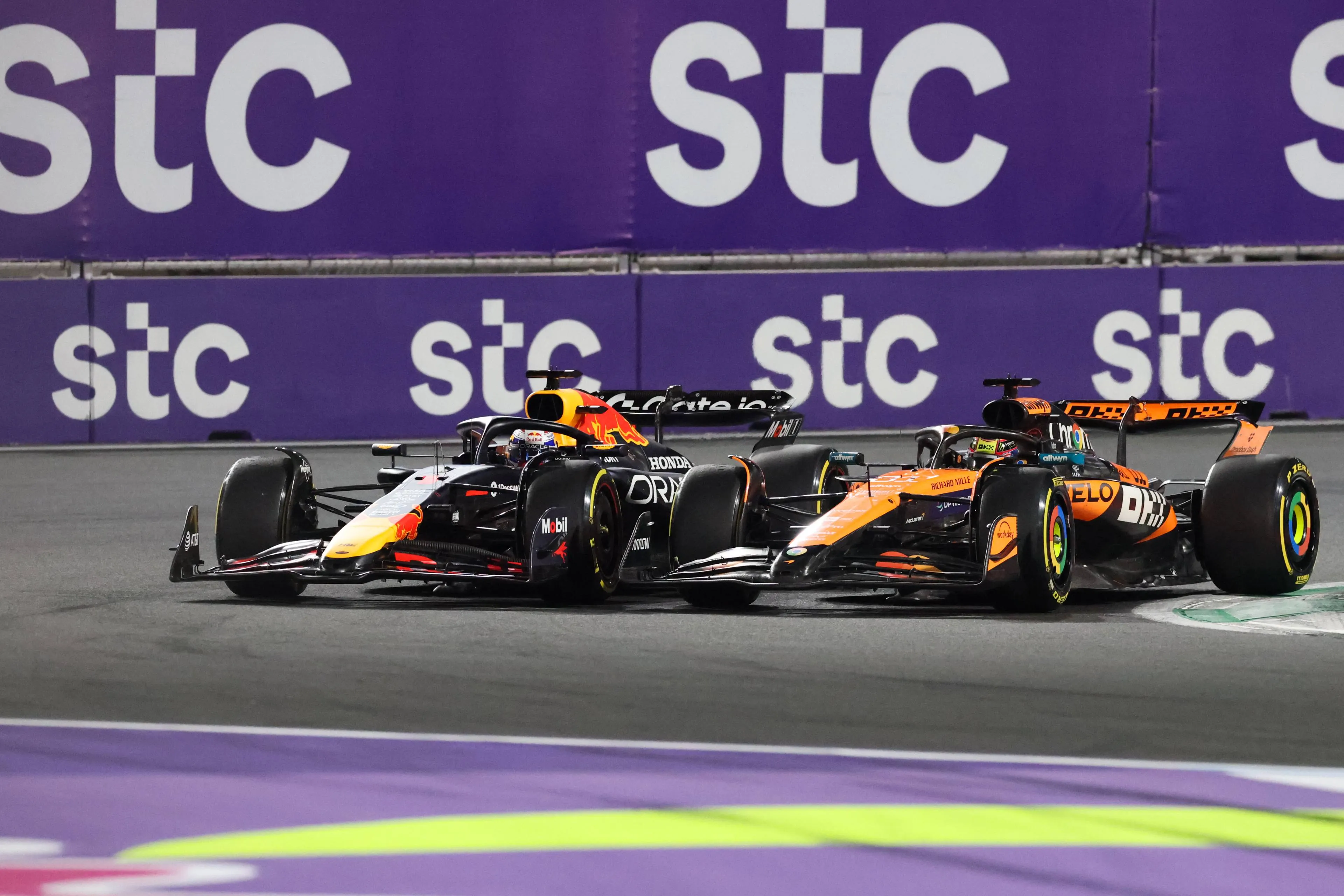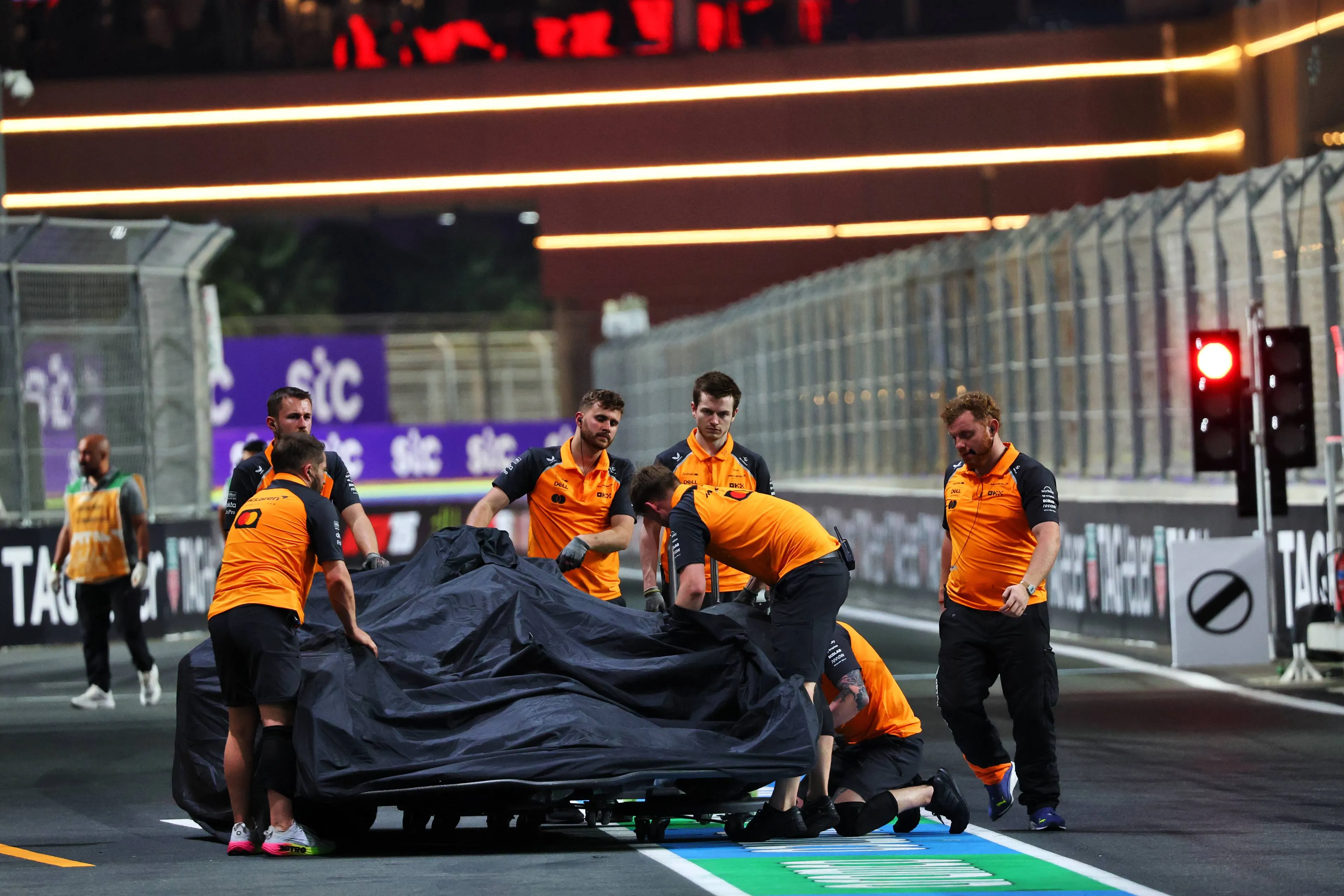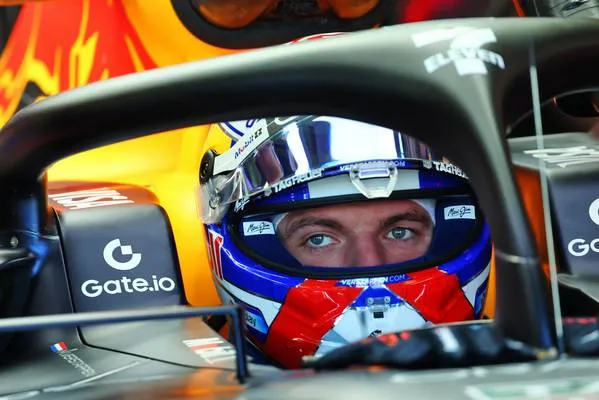Engine parts of Verstappen vs Norris: who is closer to a grid penalty?
16:00, 09 Aug 2024
0 Comments
Max Verstappen took a new internal combustion engine at the Belgian Grand Prix, pushing him back 10 spots on the starting grid and putting the podium out of reach. But where does the Dutchman's engine pool stand now? And just as importantly, will Lando Norris - his main rival in the world championship - face another grid penalty?
In that respect, there is bad news: Verstappen is already at his maximum parts in every area. A new internal combustion engine means another grid penalty, but looking at the Turbo Charger (TC), MGU-H, MGU-K, Energy Store (ES), Control Electronics, the reigning world champion has no more room to change 'for free' either.
Verstappen no longer has any new parts available without incurring another grid penalty, so he has to make do with his current pool. It is not said that the Dutchman will get an immediate grid penalty if a component breaks down now: he can always use an older engine component from earlier in the season. However, ideal is different, so technical failure is something Verstappen absolutely cannot use in the battle for the World Titles.
Norris is in a much better position. Like Verstappen, he has already had a second ES and second CE fitted in his MCL38, but as far as the internal combustion engine (ICE), Turbo Charger, MGU-H and MGU-K are concerned, the 24-year-old Briton has one more time to change 'for free'. That could certainly be an advantage for the current World Cup number two during the second half of the season.
Engine parts used Verstappen 4 4 4 4 2 2
ICE: 5 (max. 4 allowed)
TC: 4 (max. 4 allowed)
MGU-H: 4 (max. 4 allowed)
MGU-K: 4 (max. 4 allowed
ES: 2 (max. 2 allowed)
CE: 2 (max. 2 allowed)
TC: 4 (max. 4 allowed)
MGU-H: 4 (max. 4 allowed)
MGU-K: 4 (max. 4 allowed
ES: 2 (max. 2 allowed)
CE: 2 (max. 2 allowed)
Engine parts used Norris 3 3 3 2 3
ICE: 3 (max. 4 permitted)
TC: 3 (max. 4 permitted)
MGU-H: 3 (max. 4 permitted)
MGU-K: 3 (max. 4 permitted)
ES: 2 (max. 2 permitted)
CE: 2 (max. 2 permitted)
TC: 3 (max. 4 permitted)
MGU-H: 3 (max. 4 permitted)
MGU-K: 3 (max. 4 permitted)
ES: 2 (max. 2 permitted)
CE: 2 (max. 2 permitted)
This article has been written in collaboration with Ben Stevens
Read more about:
Popular on GPBlog

1
How Christian Horner scored a significant victory over Toto Wolff
1062 times read

2
Why is the most logical option for Verstappen in '26 never mentioned?
809 times read

3
Formula 1 Appears to Have Made a Decision and Discontinues This Grand Prix
586 times read

4
This F1 driver left the biggest impression on Marko in 2025 so far: 'His approach is good!'
504 times read













